implant
Tiny, Flexible Wrap-Around Implant Electronic Device Can Help Treat Spinal Cord Injuries
Neuralink's First In-Human Brain Implant Encounters Issue But It Doesn't Pose Direct Risk to Patient

Medical Prosthetic Implant Found Lodged in 18th-Century Skull; Artificial Body Part Was Designed For a Man With Cleft Palate
Neuralink Chip's 1st Recipient Seen Using Implant To Control Computer, Play Chess [WATCH]
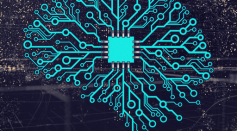
Electronic Probe Records Activities of Single Neurons Over Months, Provides Insights on Neural Circuits for Brain-Computer Interfaces
Novel Implant Kills 87% of Staph Infection-Causing Bacteria, Paving the Way for Safer Common Surgeries
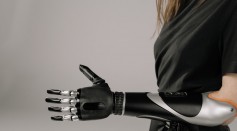
Bionic Woman Gets Prosthetic Limb Fused With Her Nervous and Skeletal Systems, Making Her the First-Ever Recipient of This New Type of Implant
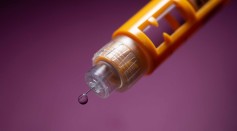
Innovative Implantable Device With Built-In Oxygen Factory Could Someday Replace Insulin Injections For Type 1 Diabetes Management
Engineered Protein Hydrogel Shows Promise in Articular Cartilage Repair

Intracranial Electrode Implants Offer an Expansive View of Activity Patterns in the Brain and Provide Treatment Strategies for Chronic Pain
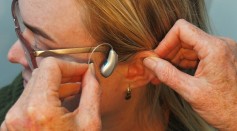
New Solution Against Hearing Loss Using AI Made Possible by a Healthcare Collaboration
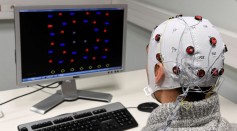
Brain-computer Interface Accurately Translates Brainwaves Into Letters, Helping Paralyzed Patients to Spell Words

Anti-Binge Eating Device Successful in First Run Based on Mice Study
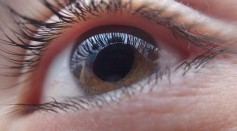
Corneal Transplantation: Bioengineered Cornea From Pig Skin Restores Sight of 20 Blind, Visually Impaired Individuals [Study]
Most Popular

How a Plant-Based Diet Can Protect Against Breast Cancer: Insights from Nutrition Research

Study Reveals High Turnover in Scientific Research Careers: What This Means for Future Scientists

Practical Steps to Future-Proof Your Money to Create Financial Security

How Technology Is Changing the Real Estate Industry?





